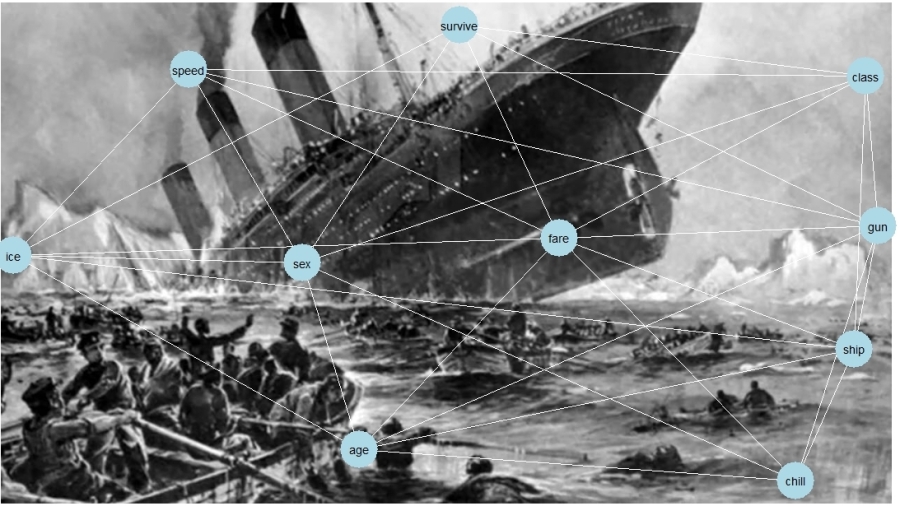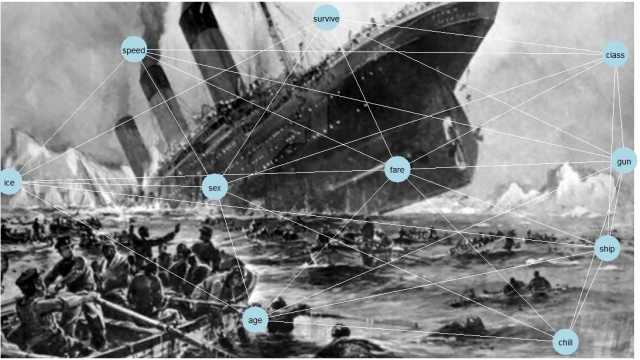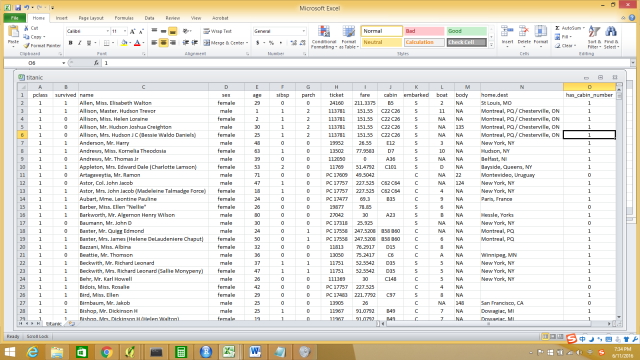I finally got my portfolio ready for data science and GIS specialist job searching. Many of friends in data science have suggested that having a GitHub account available would be helpful. GitHub is a site that holds and manages codes for programmers globally. GitHub works much better if your have your colleagues work on the same programming with you, it will help to track the codes editing from other people’s contribution to the programming/project.
I’ve started to host some of the codes I developed in the past on my GitHub account. I use R and Python for data analysis and data visualization; Python for mapping and GIS work. HTML, CSS and Javascript for web application development. I’ve always been curious that how other people’s readme file look much better than my own. BTW, Readme file is helping other programmer read your file and codes easier. Some of my big data friends also share this super helpful site that teaches you how to use Git link R, R markdown with RStudio to GitHub step by step. It’s very easy to understand.
Anyway, shot me an email to geospatialanalystyi@gmail.com if you need any other instruction on it.







